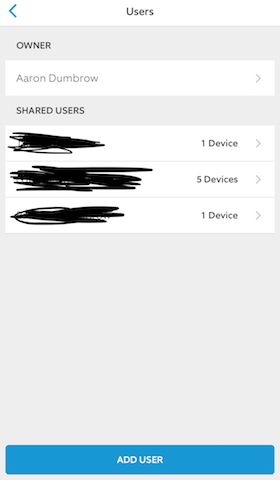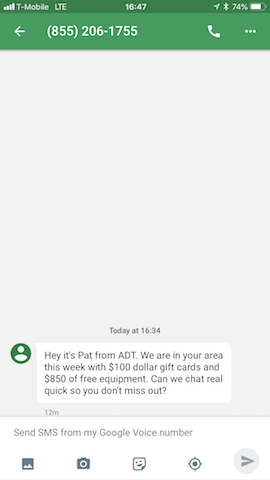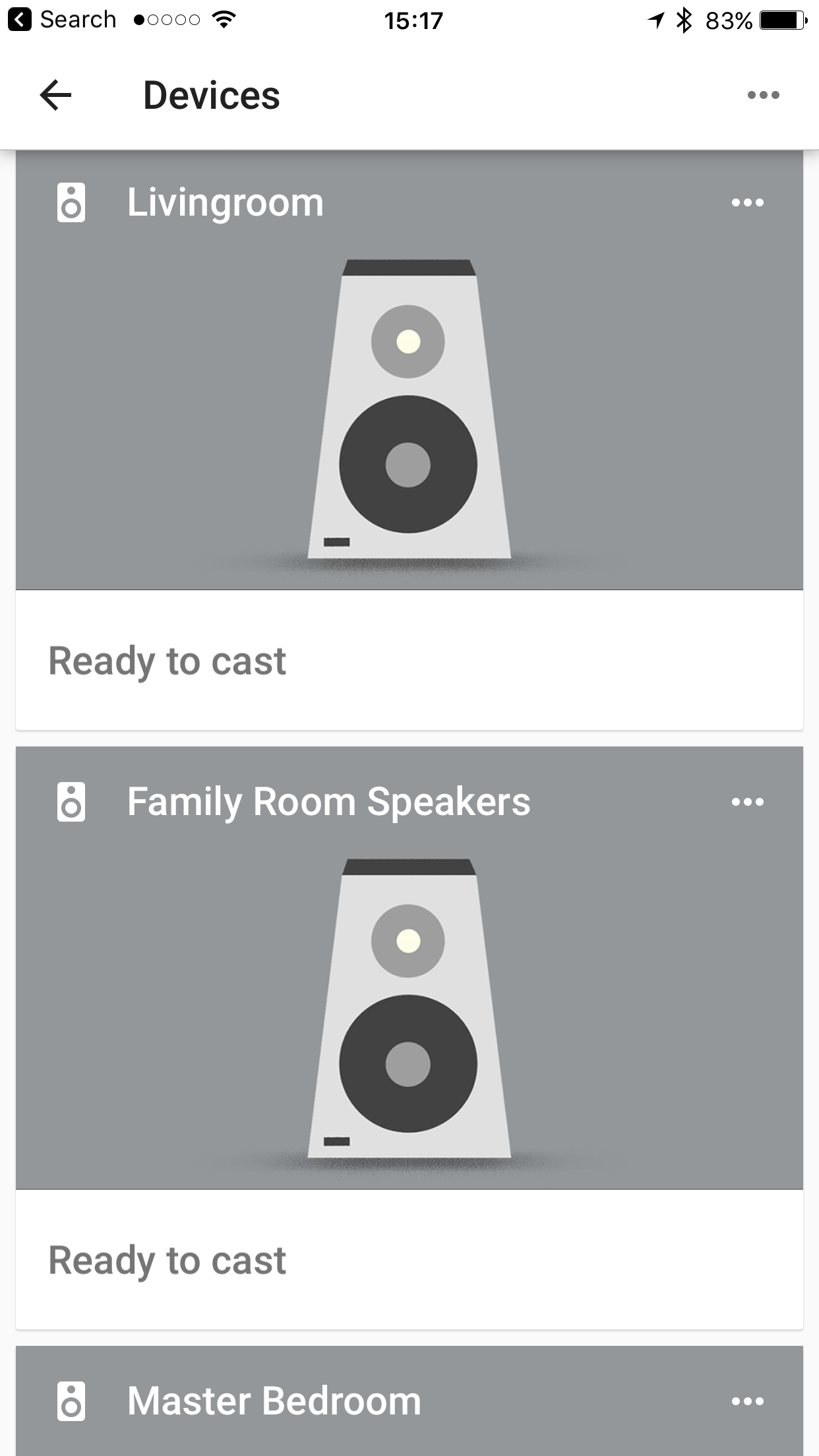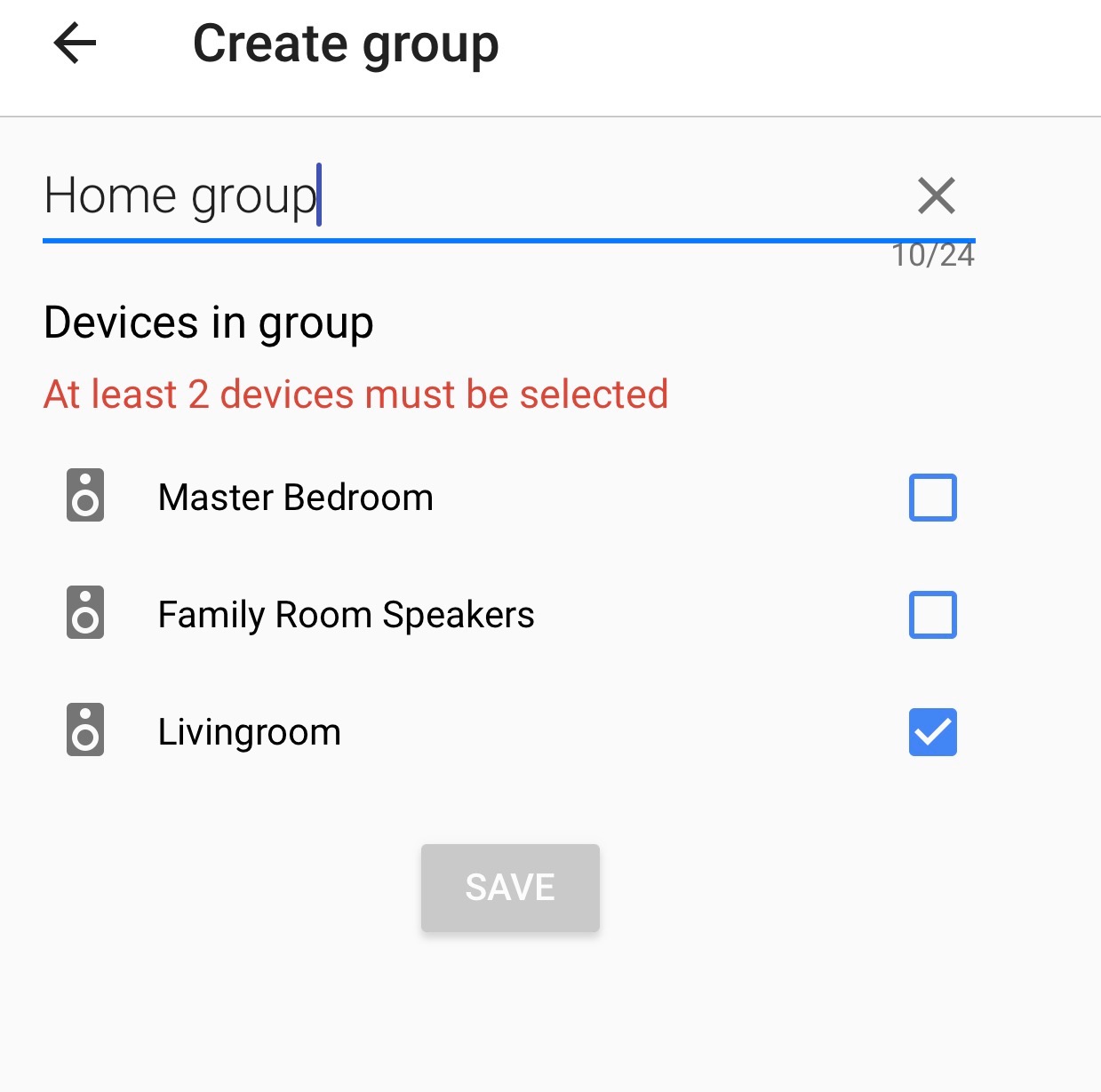The Spousal Acceptance Factor is one of the most critical metrics to a successful smart home deployment. In most families, there is one person pushing for connected or smart devices, and one who by default becomes the consumer. I have found that my wife is the best gauge of a successful product, she just wants things to work as advertised, where I am more forgiving and willing to test products.
Purchasing a smart door lock was a bit of a challenge for us since the requirements were pretty stringent.
- Must have an analog failover, a key to access incase of failure.
- Must be a classic design, nothing that looks like it is futuristic.
- Must integrate with existing alarm system (this one was mine)
- A keypad would be a huge bonus since it allows for keyless entry without a phone or other device.
- Homekit integration would be a huge bonus.
Basically we wanted something that integrated with our home, and our security system. As we had previously chosen the Ring Alarm System, I started looking at devices which were certified to work with Ring. This shortened the list significantly, as did the design ascetics. The keypad helped to narrow the field, as did the key requirement.
The final product selected was the Schlage Encode Smart WiFi deadbolt. This met all the criteria above, with the exception of homekit integration. The lack of homekit integration was an acceptable compromise since the system was tied directly into the Ring Alarm.
The install took about 15 min since I was replacing the existing deadbolt, and programming was very straight forward. Because I chose the wifi edition, it did require connecting to ring through the amazon key app, something I don’t intend to use for my deliveries. Once I had completed this, I was excited to see the lock show up within the Ring App as below.

This lock has lead to more conversations, we will be putting in the same lock to the door from the garage to the house, and some lower end locks for internal security needs. This has been a surprising success, and a solution I would recommend for anyone wanting to make their home more secure and easier to access for authorized members.






